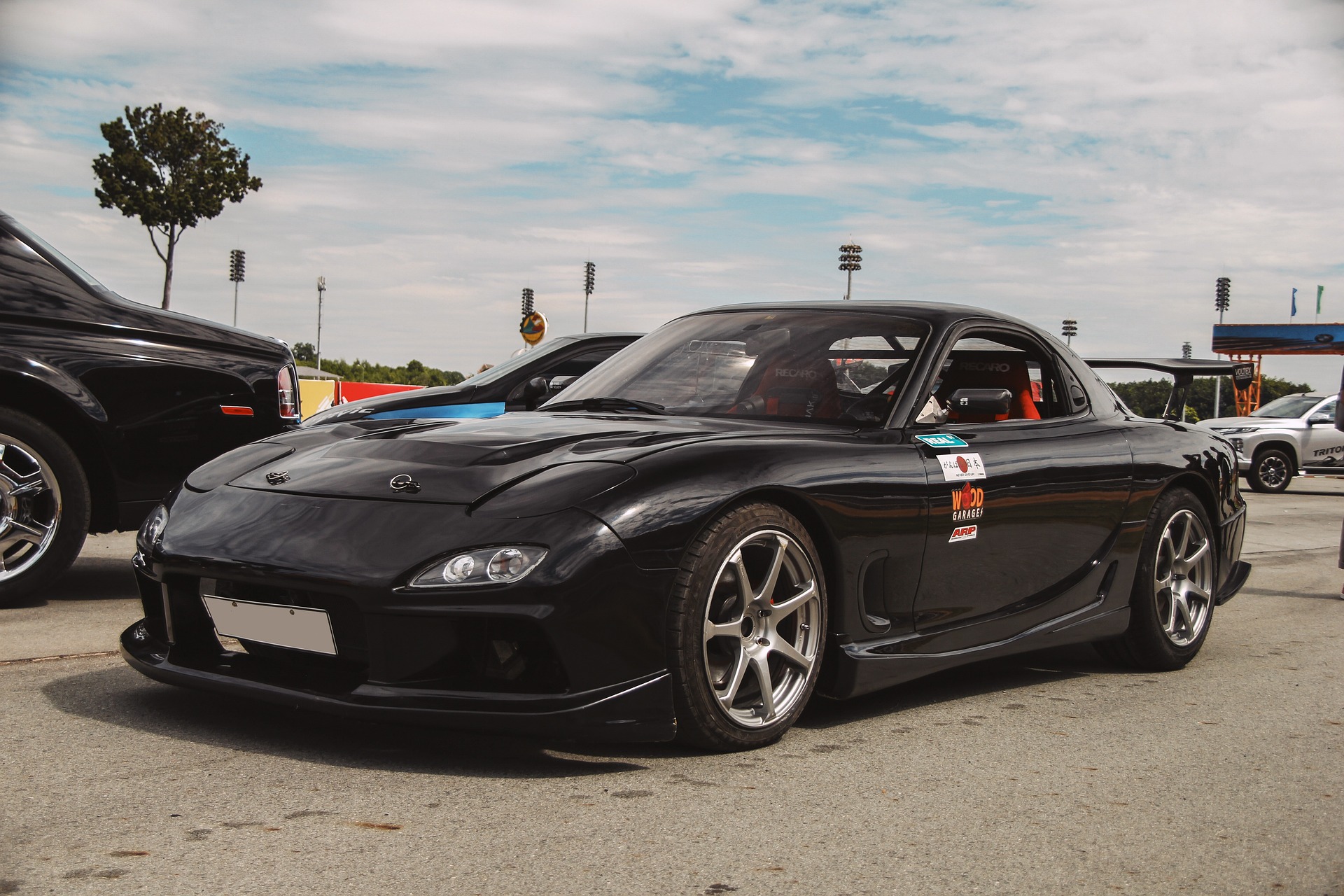RX-7 is the soul of Mazda, then the soul of the RX-7 is the inescapable rotor engine.
The origins of the rotary engine saga
However, the rotor engine was not originally invented by Mazda, but by a German engineer named Felix Wankel, hence the name Wankel Engine. It was only after World War II that the Wankel really started to be put up for sale. At one of the visiting exhibitions, many of the world’s leading automobile figures were invited to see the rotor engine, and one of them, Shigejiro Matsuda, the founder of Mazda. However, at the time, Shigejiro Matsuda didn’t pay much attention.

Rotary Revolution
In the 1970s, Mazda pioneered the mass-production rotary engine. This compact, smooth-revving powerplant powered the RX-series starting with the RX-2 in 1971. The lightweight rotary allowed Mazda to build small yet potent sports cars long before turbocharging became commonplace.
RX-7 debuted in 1978 as the spiritual successor to the RX-3. Early models packed up to 135 horsepower from just 1.1 liters of displacement. The compact engine set behind the front axle enabled ideal 50/50 weight distribution. And the RX-7 weighed under a ton, endowing it with incredible agility.
Over three generations, the RX-7 constantly refined its rotary formula. Turbo and twin-turbo variants pushed power above 250hp before the model ended production in 2002. Even by today’s standards, each generation delivered incredibly balanced and responsive handling.

Compared to its competitors, the RX-7 definitely has a unique advantage. Because of the use of a compact rotor engine, it meant light weight and small size, and because the power unit could be placed behind the front axle, drastically improving the weight distribution of the car. Also because of the rotor engine, which saved the buyer a huge amount of money in terms of excise tax at the time, as the displacement was less than 1.5 liters, which made the RX-7 very cost-effective, and the power came in much more directly and ragingly at the same displacement than a conventional inline engine.
RX-7–The Soul of the Rotor
Some of you know, and probably some of you are wondering why Mazda hasn’t stuck with the rotor engine all this time if it’s so good. The rotor engine is, as we said earlier, small, powerful, linear and smooth as an ox. But the downside of the rotor engine is just as fatal. Because of the rotor engine’s characteristics, if you want to increase horsepower at high rpm, you have to sacrifice torque at low rpm. Also, because of the movement of the combustion chamber, only a more complex ignition system can be adopted, which is very unstable. There is also the fact that because of the short combustion time and incomplete combustion of the mixture of oil and gas, the fuel consumption is 10% higher than that of a reciprocating engine. There are also issues such as pollution and displacement calculations, all of which led to the RX-7 being still slowly out of step with the times and eventually discontinued.

Cult Following Of RX-7
RX-7 struck a chord with driving purists. Its focused mission of light weight and incredible balance endeared it to fans. Aggressive yet affordable rotary performance made the RX-7 a tuner favorite through the generations.
Despite production ending in 2002, the RX-7 enjoys a thriving enthusiast community worldwide. Well-kept examples frequently sell for big money today. Aftermarket support remains strong with turbos, intake, and suspension upgrades readily available. The RX-7 legend lives on.




